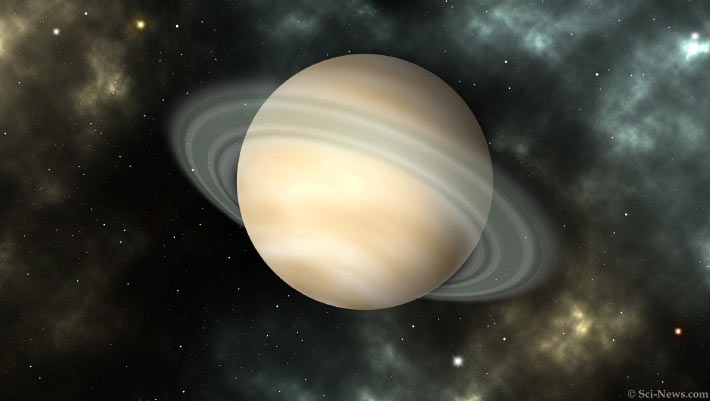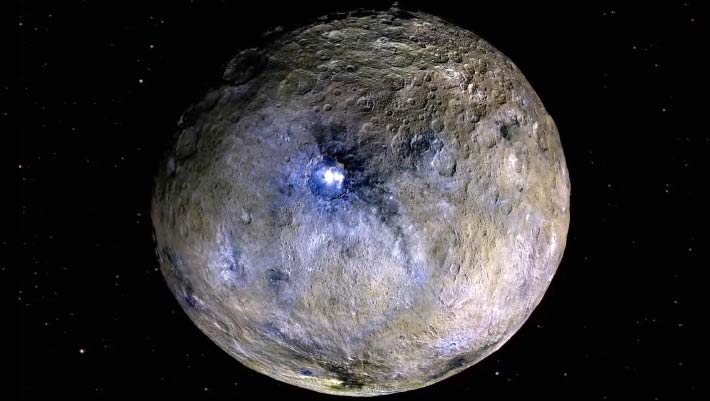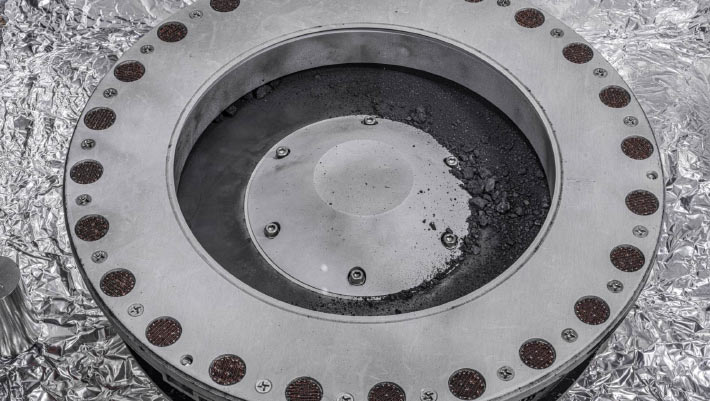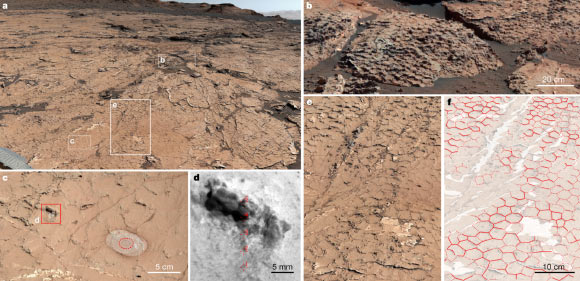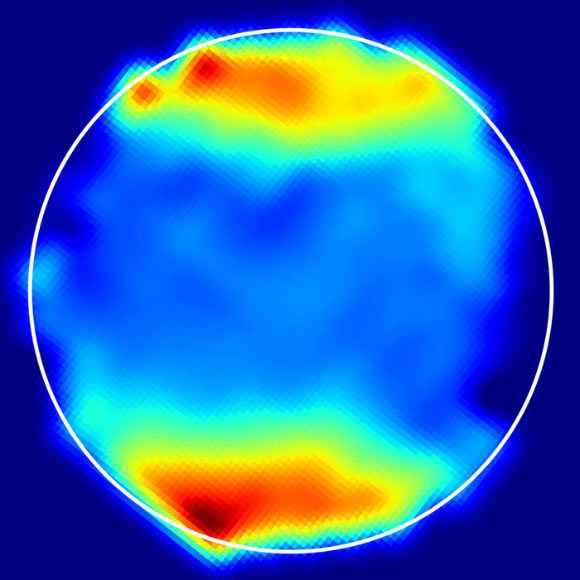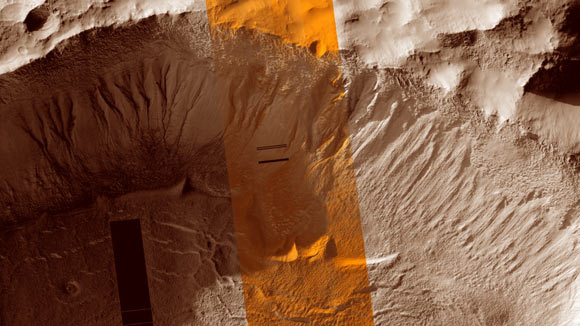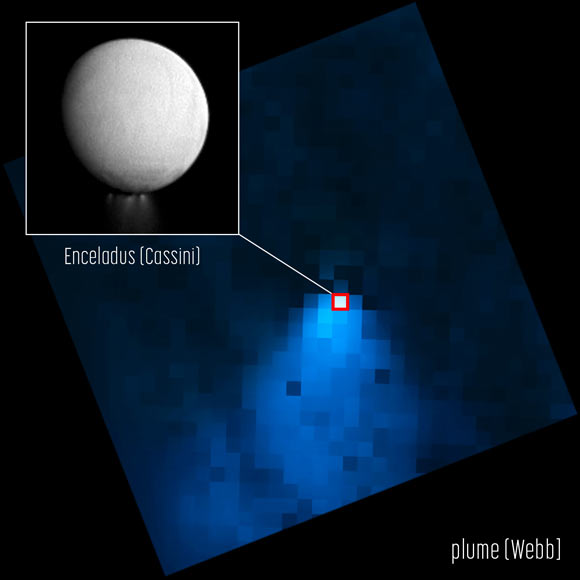Scientists Recreate Extraterrestrial Atmospheric Hazes in the Lab
The NASA/ESA/CSA James Webb Space Telescope has begun its scientific mission, which includes the atmospheric characterization of transiting exoplanets. Some of the first exoplanets to be observed by Webb have…


